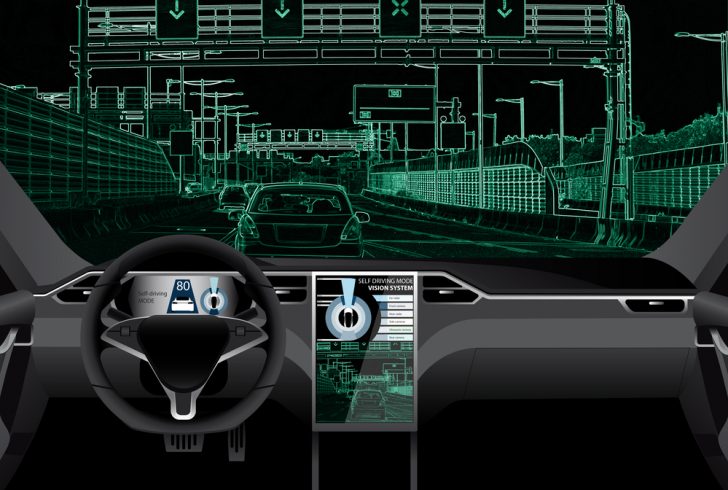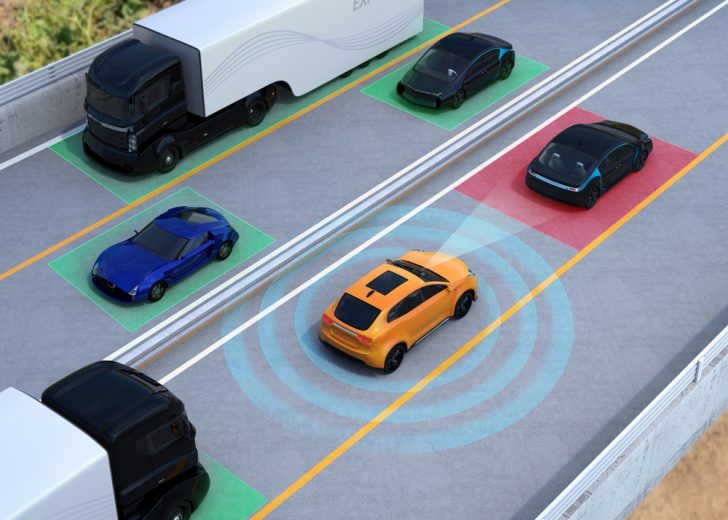It is already 2020 and the future we were promised still isn’t here.
In 2015, the Guardian predicted that we’ll be permanent “backseat drivers” thanks to the upcoming self-driving feature in cars. A year later, Business Insider merrily hopped on the bandwagon and proclaimed that we’ll be seeing 10 million self-driving cars on the road by 2020.
What’s more is that the top-rated automobile companies were quick to confirm their claims, with General Motors, Tesla, Toyota, Google’s Waymo, and Honda assuring us of their efforts and successes in building self-driving cars. Tesla, the revolutionizer of the industry, took it one step further and that claimed it would release its first self-driving car in 2018.
Well, the most-awaited year is finally here- but where are the cars we were promised?!

Okay, we’ll agree that there have been groundbreaking discoveries and extraordinary efforts from some of the giants in the automaking and tech industry. We’ve taken a couple of steps in the right direction since we’re now able to buy cars that automatically brake when they anticipate a crash or some that help keep you in your lane, and even some with Autopilot feature which can handle most of the highway driving unassisted.
But, despite all the efforts, fully autonomous cars are still a long shot. Why is it taking longer than anticipated to get self-driving cars? We’ve already given up on flying cars so should we give up on this as well?
Here’s what we were able to gather about the future of autonomous cars.
What are the leading self-driving car programs doing?
Pretty much every significant automaker has delved into the world of self-driving vehicles but, not all are equally invested in the technology.

While evaluating how advanced a car’s system is, two core statistics are to be considered. Firstly, the miles driven have to be taken into account- basically to determine how much investments the company has made into its product by considering the number of cars released and miles driven, and to see how much data has been collected on the drives.
Secondly, disengagements have to be considered as well, which is essentially gathering data on the number of times that a human driver had to handle the situation because the program was unable to.
The downside is that companies don’t disclose this data to the public but, luckily, the state of California’s law requires reports to be submitted so, their records are the ideal determinants of every company’s performance in the field.
Currently, Google’s Waymo is a reasonable pioneer, which is succeeding on both statistical fronts. Coming in second is General Motors’ Cruise, with about a large portion of a million miles and 0.19 separations per 1,000 miles. We’ve already seen Tesla’s advances with the Autopilot feature that allow unassisted driving on highways.

So how much longer do we have to wait for a self-driving car?
From what we know, it’s extremely difficult to provide a viable estimate on when we’ll be getting self-driving cars since we’ve “been close” for years now. With companies providing only optimistic estimates given to their progress (because that’s what they have to do) and refusing to disclose mishaps, we can’t make a certain guess.
Companies are also refraining from putting their cars out on the road because they aren’t ready yet, and can cause more harm than good to their business. So, what we can expect for years to come is a lot of good news with regards to progress, false promises, and delay after delay until we finally make a breakthrough.

